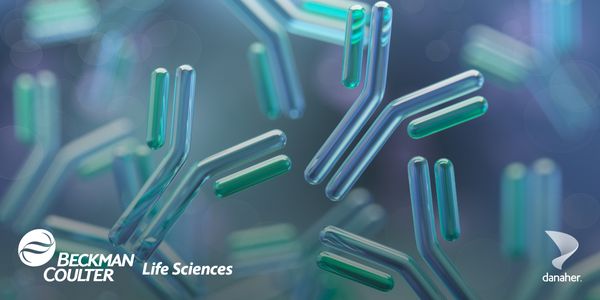New Tools for Understanding Allosteric Signaling in G Protein Coupled Receptors
One-third of FDA-approved drugs target G protein-coupled receptors (GPCRs), transmembrane cell surface proteins that recognize small molecules and polypeptides with diverse chemical scaffolds. When a drug binds to the GPCR extracellular cavity, the information is communicated over 30 Ŭ¬¬ through the plasma membrane to the receptor intracellular surface, inducing changes in the receptor structure that enable complex formation with intracellular partner proteins. Over the past decade, x-ray crystallography has revealed the three-dimensional structures and binding modes of a growing number of unique GPCR-ligand complexes. To better understand mechanisms of GPCR activation, this information must be complemented by knowledge of dynamic signaling pathways connecting drug-binding sites to the intracellular surface. Here we present the development of novel approaches that reveal GPCR signaling pathways with nuclear magnetic resonance (NMR) spectroscopy in solution. Specific applications of this approach are described for the human A2A adenosine receptor (A2AAR), where NMR uncovers the role of a key allosteric center in drug-induced signal transduction. Finally, I will discuss the potential extension of these findings and of the presented methods toward studies of other human GPCRs.






